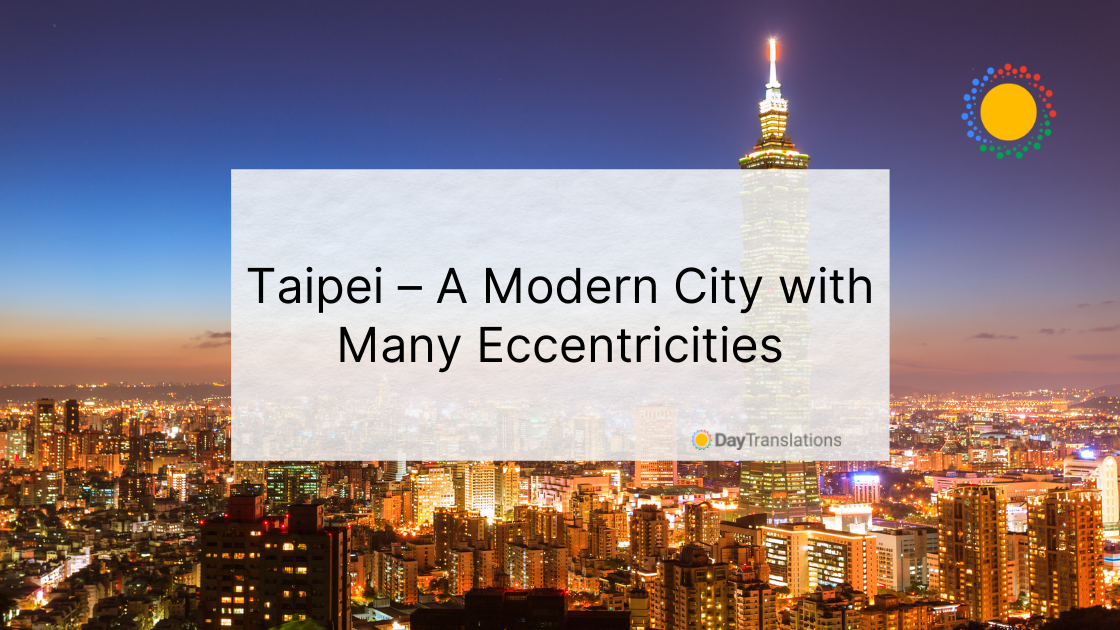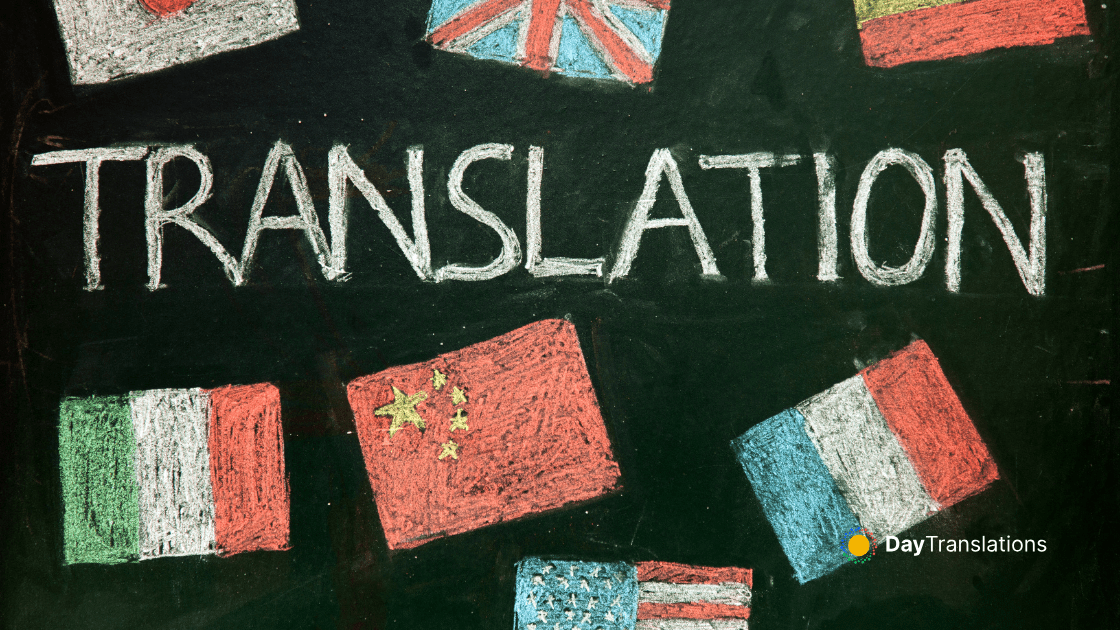The name Taipei in the Chinese language translates to “Northern Tai” because it is in the northern region of the island of Taiwan. Its official name is Taipei City. Taiwan on the other hand used to be called Ilha Formosa, a name given to the beautiful island by the Portuguese who first saw the island.
Taipei is a 300-year old city that is now getting recognition worldwide. It is the capital of Taiwan, a city of contrasts, with its vibrant yet unhurried lifestyle. It has become accepted that they are better because of the Western, Japanese and Chinese influences in its architecture, folk arts, culture and food.
Taipei is a pioneering and economically viable city, a transportation hub in East Asia and is one of the world’s leaders in information technology and electronics manufacturing. It is highly ranked in terms of human development, economic freedom, public educations, health care and freedom of the press.
It’s a city that offers many things to many people. You can ride an MRT to visit colonial towns, river parks, a national park, hot springs and vast areas planted with tea. The city itself has a mix of modern steel-and-glass high rises and Minnan-style temples, boutique centers and gourmet cafés lining areas that were formerly heritage lanes, and thousands of colorful neon lights providing nighttime colors to several neighborhoods.
History
The main inhabitants of Taipei were the Ketagalan plains aborigines prior to the arrival of large numbers of Han Chinese immigrants from China, which increased further in the 18th century during the rule of the Qing Dynasty.
When Taiwan became a colony of Imperial Japan in 1895, Taipei was named as the country’s capital, administered by the Taihoku Prefecture of Japan. With the massive urban planning and the construction of an extensive railroad network by the Japanese government, many of the landmarks in Taipei today are examples of that period in the city’s history.
Language
You cannot talk about Taipei without mentioning the country, Taiwan. So in terms of language, we have to say that the country’s official language is Standard Chinese, which is often referred to as Mandarin, Putonghua or Guoyu, which also happens to be the only official language in China. As of the latest count, there are 848 million native speakers of Mandarin. It is one of the official languages in Singapore, the Wa State in Myanmar and the United Nations. Moreover, it is an official language of the Shanghai Cooperation Organization (SCO), which comprises Uzbekistan, Tajikistan, Russia, Kyrgyzstan, Kazakhstan and China. Taiwan also recognizes four regional dialects, namely the Fuzhou dialect, the Formosan languages, Hakka and Taiwanese Hokkien.
About 70 percent of the population speak Taiwanese Hokkien or simply, Taiwanese. This is the language that is popularly used in Taiwan’s entertainment and media sectors. Hakka on the other hand is spoken by 30.1 million native speakers, mainly the Han people in Hong Kong, Taiwan, Malaysia, Thailand, in the Eastern Guangdong province as well as in the neighboring areas in Jiangxi and Fujian provinces in China. Due to the presence of Taiwanese communities in the Tokyo-Yokohama Metropolitan Area, Hakka has also invaded Japan. At the same time, Hakka is spoken in many places where Hakka-speaking Chinese people settled, including Vietnam, India, South Africa, Suriname, Mauritius, Indonesia and Singapore.
The indigenous peoples of Taiwan, representing about two percent of the population, still speak the Formosan dialects, which have 10 subdivisions. These aboriginal languages are very important in historical linguistics because it is believed that in its entirety, the Austronesian language family originated from Taiwan.
There are still about 10 million people across the globe that speak the Fuzhou dialect as their mother tongue. Fuzhou is spoken in Fuzhou in the People’s Republic of China (PRC), in Matsu Islands (ROC), in Ayer Tawar, Sitiawan, Yong Peng, Bintulu, Sarikei, Miri and Sibu (Malaysia), in Mab Ammarit, Lamae, Nabon and Chandi Town (Thailand), in Indonesia and Singapore, as well as in various communities in Southeast Asia and in New York City’s Chinatowns.
Historically speaking, the population of Taiwan consisted mainly of the Han Chinese and the indigenous people of Taiwan beginning in the 17th century. Linguistically the people spoke a blend of the indigenous languages together with Hakka and Hokkien. Everything changed when the Japanese invaded Taiwan in 1895. The Japanese insisted on encompassing educational reforms, which included the use of Japanese as the medium of instruction in all school levels. Taiwan was a dependency of Imperial Japan from 1895 to 1945, which means that the only language (at least officially) allowed to be spoken in Taiwan for 50 years was Japanese. Therefore, people born before 1945 who are still living are still fluent in Japanese and only spoke Taiwanese as a dialect.
During the Chinese Civil War in the 1940s, there was a massive exodus of Chinese elite from China into Taiwan, bringing with them Mandarin Chinese, which started to encroach into the lives of the Taiwanese. Although the language was not official during that period, everything changed when the Kuomintang (KMT) Party made Mandarin the official language of Taiwan in 1945.
Still, in the southern part of Taiwan, it is Hokkien or Taiwanese, which is the default language of the residents, particularly those living in Chiayi and Tainan. It might change in a few years, since many words and phrases used in Taiwan’s version of Mandarin are already influenced by Hokkien or the Taiwanese language.
Surprisingly, Mandarin spoken in Mainland China and the version in Taiwan are mutually intelligible, varying only in some vocabulary and pronunciation of some words. With the freedom that Taiwanese people enjoy, they are free to use whatever Chinese language or dialect they choose. Likewise, many of the younger generation are English speakers. While some of the indigenous languages have become extinct, the Taiwanese government and its citizens are making conservation efforts to save the remaining dialects.
Did you know?
- Acer, which is one of the top ten branded PC vendors in the world, is a Taiwanese company.
- Taipei 101, which in 2004 was the tallest building in the world, has 101 floors above ground and five stories under the ground. It was constructed for four years and 278 days. Today, it is the world’s third tallest building. Taipei 101 was designed to resemble a giant stalk of bamboo.
Within Taiwan and encircling the city of Taipei is New Taipei City, which is now the country’s most populous city. It used to be called Taipei County until 2010. When its population overtook that of Taipei’s, the council decided to recognize it as a city. Since Taipei translates to Northern Tai, the first name chosen was New North City. Due to public opinion, it was later decided to render its English name as New Taipei City. The current estimated population is 3.9 million, with most of them speaking Hakka or Taiwanese.
- The world’s only 24/7 bookstore, Eslite DunNan, is in Taipei. There are about 20 of them in Taipei alone, with its headquarters located near Taipei 101. Reading is allowed at the bookstore. There is a reading area with tables and comfortable chairs although many just sit along the aisles. There are many international books, majority of which are in English, but there are also books in French and German languages. They offer discounts to locals. Foreign buyers are also entitled to discounts when they show their passports.
There are several hotels in Taipei that have become favorite hangouts of Asian and international celebrities.
- W Taipei is the most popular, where NBA stars Carmelo Anthony, Chris Paul and Blake Griffin stayed. Other visitors include American chef Anthony Bourdain, Jay Chou, Justin Bieber, Jeremy Lin and Lady Gaga.
- Regent Taipei’s celebrity guests through the years included Michael Jackson, Keanu Reeves, Mariah Carey, The Spice Girls, Korean personalities like Super Junior, Girls Generation, Yoon Eun Hye, Lee Min Ho, designer Jason Wu and golfer Yani Tseng.
- Sherwood Taipei had hosted Dwayne “The Rock” Johnson, Japanese singer-songwriter Masaharu Fukuyuma, 2PM of South Korea and Hong Kong celebrities Andy Lau, Daniel Chan and Aaron Kwok.
- Shangri-La’s Far Eastern Plaza Hotel Taipei has the largest share of celebrity patrons, including James Blunt, Rob Zombie, Coco Lee, Kim Soo Hyun, Santana, Mitch Albom, Norah Jones, former U.S. President Bill Clinton, Ang Lee, John woo, Carina Lau, Tony Leung, Jackie Chan, Jet Li, Wesley Snipes, Val Kilmer, Mel Gibson, Matt Damon, Tom Cruise, Michelle Yeoh, and Pierce Brosnan.
Fun facts
- Taipei has a 12-floor building entirely devoted to karaoke 24/7. It’s called Cashbox Partyworld KTV, located in front of Ximen MRT Station’s exit 5. Each private room has its own toilet.
- Taipei pays tribute to beef noodle soup by hosting a Beef Noodle Soup Festival each year.
- Modern Toilet is a toilet-themed restaurant where food is served in small toilet bowls. There are other themed restaurants in Taipei, so you could dine in a hospital-, Barbie- or prison-themed restaurants.
- Taipei also has a restaurant that’s been named as That Fucking Place.
- The world’s best Mandarin pop music comes from Taipei.
- Taipei has a street that’s entirely devoted to wedding photography. It’s at Chungshan North Road Section 2.
- From Taipei you can ride a Cartoon Network-themed bullet train to Kenting, the oldest national park in Taiwan where the Spring Scream rock-band festival is held in March every year.
Famous people
- Academy Award-winning director, screenwriter and producer, Ang Lee was born in Taipei on October 23, 1954. His credentials include films such as Pushing Hands, Brokeback Mountain, Sense and Sensibility, The Ice Storm, Crouching Tiger, Hidden Dragon, Hulk (2003) and Life of Pi.
- George W. Bush appointed Elaine L. Chao in 2001 as the Secretary of Labor. Born in Taipei on March 26, 1953, she was the first Asian American to serve in a cabinet-level position in the U.S.
- Steve Chen, who was born in Taipei in 1978 is the co-founder and chief technology officer of YouTube.
- Justin Lin, born in 1973 is a producer and director, known for films like Fast & Furious (2009), Fast Five (2011), and Fast & Furious 6 (2013).
- Taiwanese musician, actor, director, multi-instrumentalist and singer-songwriter Jay Chou was born in Taipei on January 18, 1979. He is better known as the actor who played The Green Hornet in 2011.
- Doug Chiang, who was born on February 16, 1962, is a production and visual effects designer, known for his work on renowned films such as Forrest Gump, Star Wars: Episode I – The Phantom Menace and Terminator 2: Judgment Day.
- Other known movie personalities include Fernando Chen, Bo-Lin Chen, Rainie Yang, Kaila Yu and Christina Chang.
Come and visit scintillating Taipei, where you can find and experience a mixed cultural brew that will leave you fascinated enough to come back for more.
Have you been to Taipei? Or perhaps you have interesting information to share about the place? Tell us about your experience.














Sorry, the comment form is closed at this time.